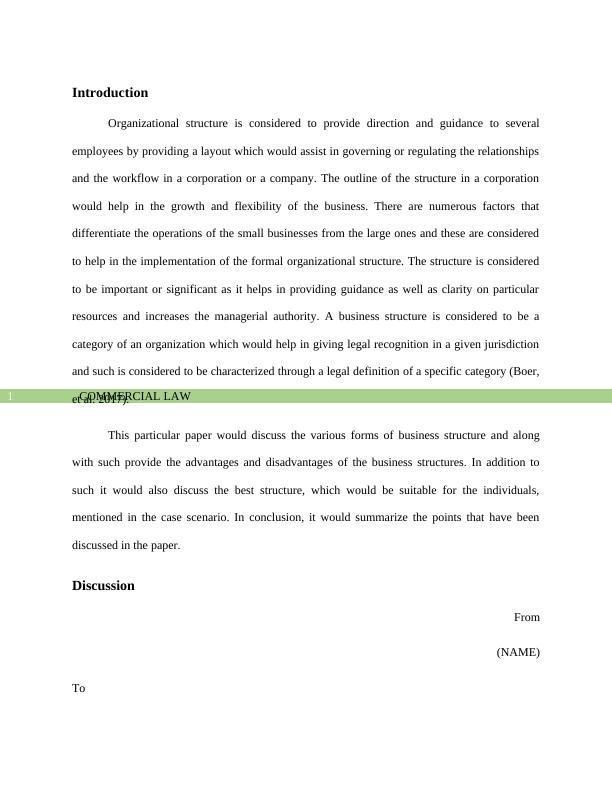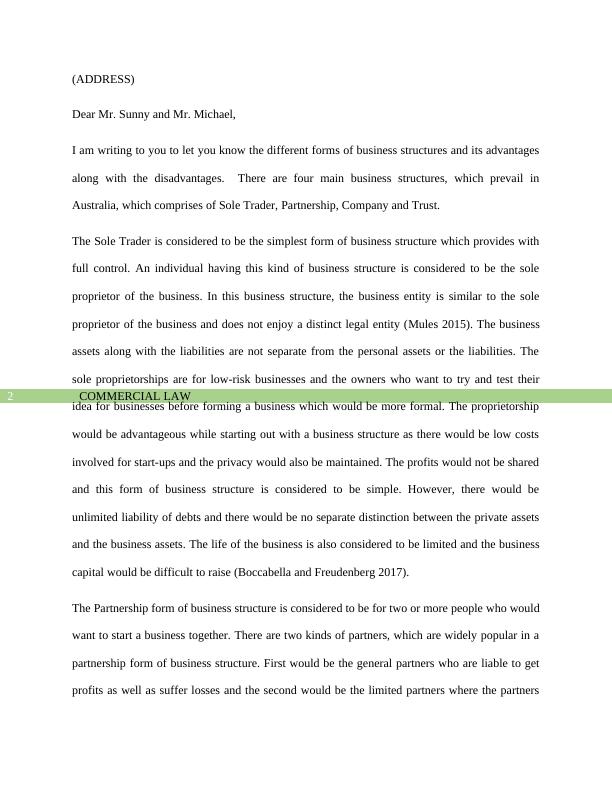Branches of Commercial Law: Everything You Need to Know
Added on 2022-08-24
9 Pages2553 Words17 Views
End of preview
Want to access all the pages? Upload your documents or become a member.
(Solved) Business Law - Assignment
|16
|3531
|110
Introduction to Business Law: Case Study on Business Structures
|12
|3026
|191
Types of Business Organizations and Legal Structures
|17
|869
|29
Advice on Formation of Business Structure for Small Business in Fashion Industry
|7
|1683
|290
Understanding Business Organisations: Types, Structures, Functions, and Culture
|8
|1754
|56
Understanding Business Organisations
|10
|2383
|447



